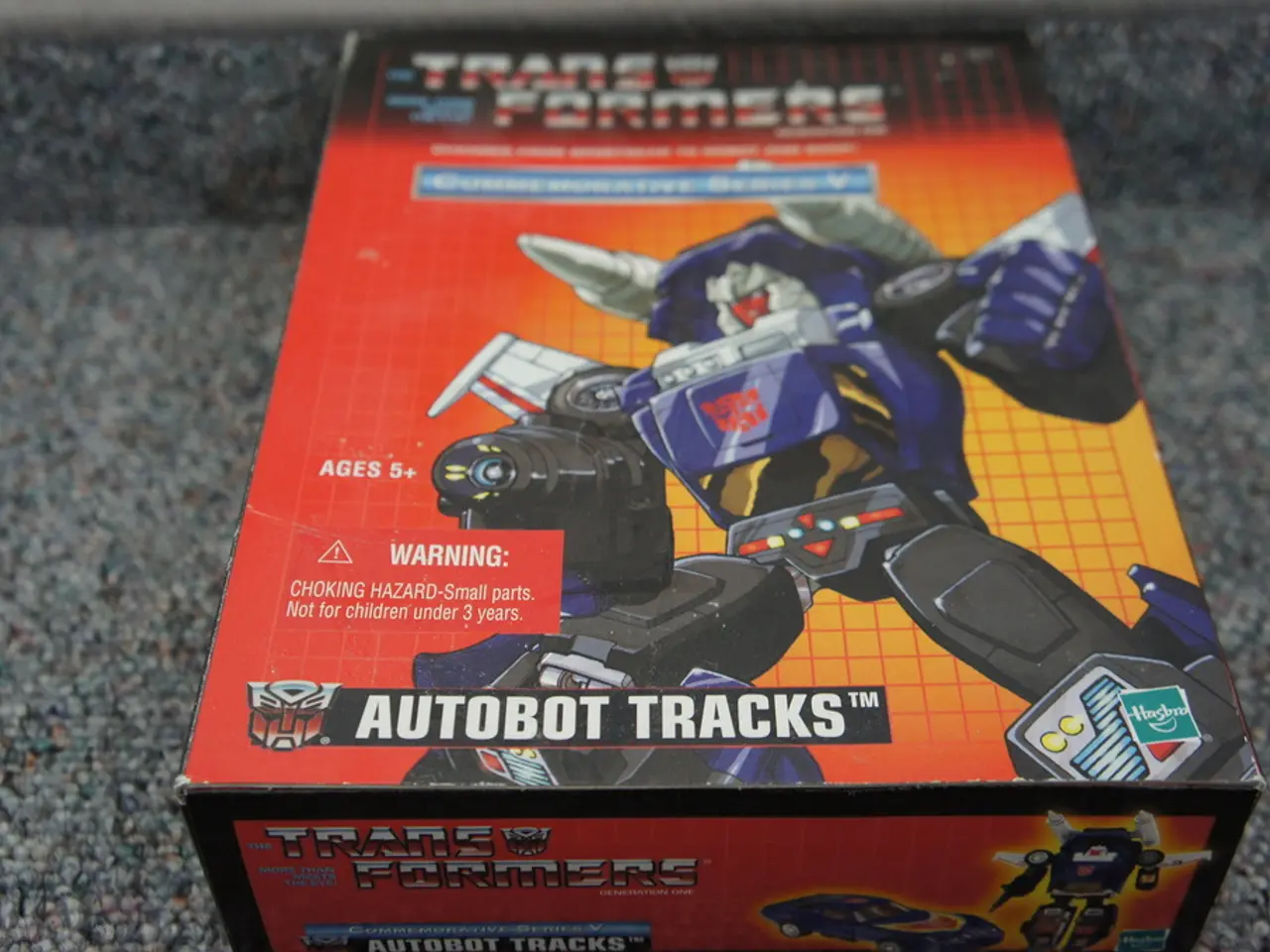Guide to Constructing AI Agents with Autonomy: A Comprehensive Overview of Agent Stacks
In the ever-evolving world of artificial intelligence (AI), the focus is shifting towards advanced AI agent stacks, designed to create autonomous AI agents for a wide range of applications. These stacks, leveraging popular tools and frameworks, are transforming industries such as business automation, customer support, multi-agent collaboration, and content creation.
Anticipated future progress in agent stacks will concentrate on enhancing user experience by amplifying the scalability and efficiency of agents. One significant advantage of these modern stacks is the potential to reduce costs associated with training and hosting autonomous agents by up to 50%. This is achieved through containerized deployments, serverless inference, and optimized token usage.
Platforms such as AutoGPT offer no-code options for constructing autonomous agents, making the development process accessible to users without deep coding expertise. Other no-code and low-code platforms include Lindy, a no-code AI agent framework tailored for business users, and Salesforce Agentforce, an enterprise-grade AI agent platform embedded in the Salesforce ecosystem.
For developers and organizations seeking more control, tools like LangChain, AutoGen (Microsoft), CrewAI, and Vellum offer robust capabilities. LangChain, a Python-based framework, is highly popular for building large language model (LLM)-powered agents, while AutoGen enables creation of AI agents capable of multi-agent collaboration. CrewAI is designed for team-based AI workflows, and Vellum offers production-grade AI with enterprise features.
Other tools like n8n, Dify, and Camunda cater to various needs, offering visual workflows, pre-configured AI features, and business process management, respectively. These tools represent a range from no-code business-focused platforms to developer-centric frameworks, enabling sophisticated, multi-agent orchestration and integration with real-world data and services.
Understanding the main layers of an AI agent stack - Model Layer, Agent Framework Layer, and Orchestration Layer - is essential for optimizing AI functionality and performance. Furthermore, robust observability and debugging capabilities are vital for AI agents to operate seamlessly.
The evolution from MLOps towards AgentOps signifies a transition from handling static models to supervising dynamic entities with decision-making abilities. However, developers and organizations utilizing AI agent stacks must be mindful of challenges such as ensuring observability and effective debugging, maintaining data privacy and security, and managing infrastructure cost and complexity.
Standardization and interoperability are improving through initiatives like Google's Agent Protocol and the Agent2Agent protocol, which aim to unify how agents pass context, share memory, and collaborate across platforms. The GenAI observability project also seeks to establish standardized telemetry data from AI agents.
In conclusion, modern AI agent stacks are revolutionizing various domains, from energy management and healthcare to travel itinerary planning and educational settings. By perpetually utilizing live data, AI agents offer adaptable decision-making that boosts operational efficacy. However, it is crucial to prioritize data privacy and security in the development and implementation of these advanced systems.
- The focus of advanced AI agent stacks is to create autonomous agents for a wide range of applications, including business automation, customer support, multi-agent collaboration, and content creation.
- These modern stacks are designed to enhance user experience by increasing the scalability and efficiency of agents, potentially reducing costs associated with training and hosting autonomous agents by up to 50%.
- Platforms like AutoGPT, Lindy, and Salesforce Agentforce offer no-code and low-code options for constructing autonomous agents, making the development process accessible to users without deep coding expertise.
- developers and organizations seeking more control can use tools like LangChain, AutoGen, CrewAI, and Vellum, which offer robust capabilities for building and managing AI agents.
- Understanding the main layers of an AI agent stack - Model Layer, Agent Framework Layer, and Orchestration Layer - is essential for optimizing AI functionality and performance, and robust observability and debugging capabilities are vital for AI agents to operate seamlessly.
- Standardization and interoperability are improving through initiatives like Google's Agent Protocol and the Agent2Agent protocol, which aim to unify how agents pass context, share memory, and collaborate across platforms, and the GenAI observability project also seeks to establish standardized telemetry data from AI agents.




